The Medicine and Technological Singularity
4th International Symposium on the Advances on
Regenerative Medicine
14 - 15 September 2023
Sala della Protomoteca, Campidoglio
(Capitol Hill), Rome
Organized by
The Center for Regenerative Medicine, University of Rome Tor Vergata
The Institute of Cardiovascular Sciences, St. Boniface Hospital Albrechtsen Research Centre, University of Manitoba, Winnipeg, Canada
The University of Campania, “Luigi Vanvitelli”, Naples, Italy
The International Stem Cells and Tissue Engineering Network
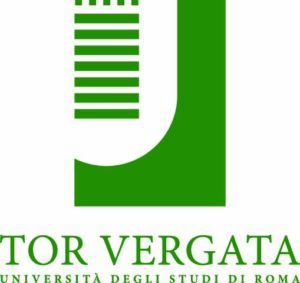



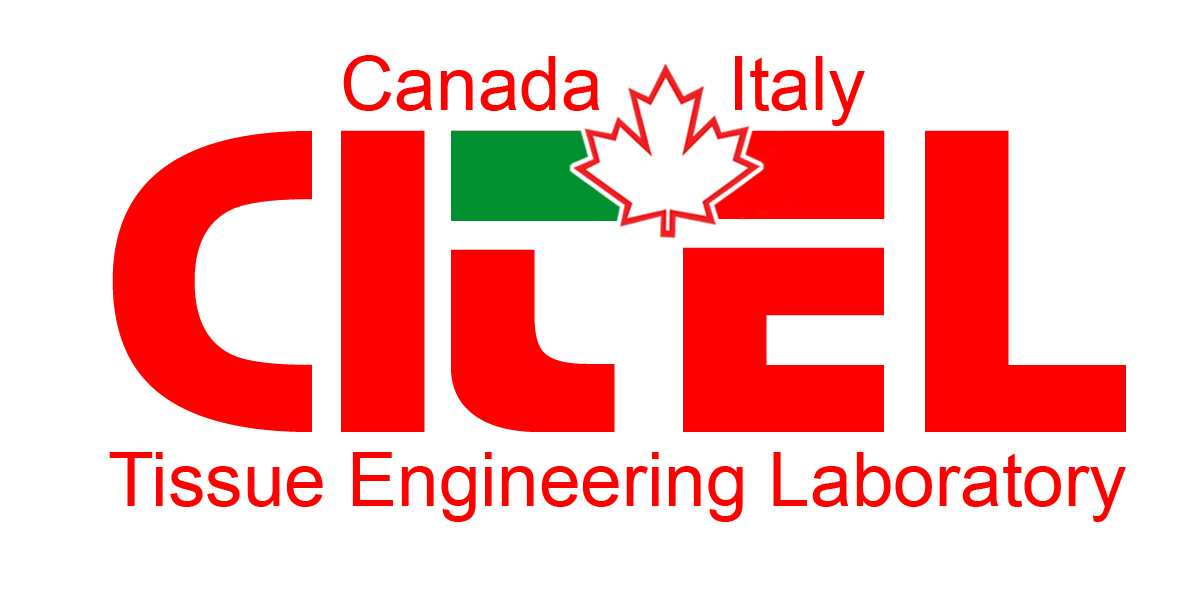
In partnership with
Rome Technopole Innovation Ecosystem
Cybersecurity Competence Center
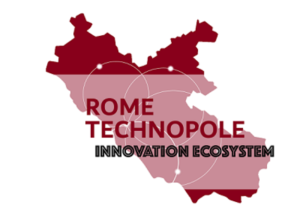
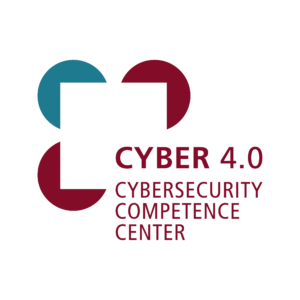
with the Patronage of
Roma Capitale
Lega Italiana per la Lotta contro i Tumori

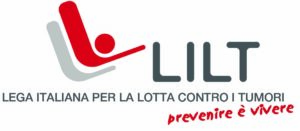
The “technological singularity” is forecast to occur by 2045. It is the point when non-biological (artificial or computer) intelligence becomes more intelligent than humans. From then onwards each generation of intelligent machines is assumed to re-design itself smarter and from then on humans and machines will interact as more than equals. This co-existence will produce substantial impacts across all areas of science and technology.
This Symposium is a continuation of previous similar events on the Regenerative Medicine organized by the same Institutions. However, it has extended its vision to also explore how intelligent machines might play out in the future of Medicine shifting the paradigm of medical philosophy and producing significant impacts on healthcare systems and patient-physician relationships. The technological progress will require the development of novel diagnostic and therapeutic procedures as well as an increased number of specifically trained medical personnel worldwide. Finally, crucial for this is the digitalization of all medical and medical-related data that are generated by healthcare companies, hospitals, and other tiers of healthcare services.
In this context, a robust human-technology interaction will be fundamental not only to govern the evolution of the healthcare system, but also to allow humankind to prevail over the probable/possible intrusiveness of the machines (or the systems). It must always be remembered that patients are not digital, but analog, non-linear, feeling creatures who deserve respect and empathy.
This Symposium ambitiously aims to build a novel vision of the evolution of Medicine (specifically regenerative medicine) over the next few decades to supply decision makers as well as clinicians and researchers with guidance to better address their financial, cultural, clinical, and scientific investments.
Please, submit your proposals for presentations related to any aspect of the future of regenerative medicine in this transformative sense to the conference chairs ( max total 300 words in Word format) at
info@medicine-technological-singularity.org
Selected papers from the conference will be published in
The International Journal of Translational Science
published by River Publishers.
Chairmen
Paolo Di Nardo, Roma
Sanjiv Dhingra, Winnipeg
Vincenzo Desiderio, Napoli
ScientificCommittee
Paolo Di Nardo
Sanjiv Dhingra
Vincenzo Desiderio
Roberto Bei
Balwant Tuana
Vincenzo Tagliaferri
Jan Kylosevic
Federica Trovalusci
Felicia Carotenuto
Emanuela Tamburri
Fabio De Matteis
Paolo Prosposito
OrganizingCommittee
Mauro D’Amico
Luca Porinelli
Olindo Cazzolla
Anna Maria Maccari
Beatrice Castaldo
Anna Rita Longhi
Scientific Program
In pochi decenni, si ipotizza che l’intelligenza non biologica travolgerà la capacità umana di governare la vita. Ciò si tradurrà in un’ulteriore estensione della longevità con effetti profondi in tutti gli aspetti della società umana, compresa la gestione dei sistemi sanitari. Pertanto, i responsabili politici e gli operatori sanitari devono definire nuovi modelli per organizzare i servizi sanitari e sfruttare le innumerevoli possibilità connesse all’adozione di tecnologie diagnostiche e strategie terapeutiche dirompenti.
In a few decades, it is hypothesized that non-biological intelligence will overwhelm the human capability to rule life. This will result in further extension of longevity with deep effects in all aspects of human society, including the management of health systems. Therefore, policymakers as well as health professionals must define novel models to organize health services and to exploit the innumerable possibilities connected to the adoption of disruptive diagnostic technologies and therapeutic strategies.
Thursday 14th September
Inauguration
Saluti istituzionali(Comune di Roma Capitale)
Carlo Nucci (Deputy Rector, Università di Roma Tor Vergata)
Sanjiv Dhingra(University of Manitoba, Canada)
Filippo Anelli (Federazione Nazionale degli Ordini dei Medici Chirurghi e degli Odontoiatri)
Pier Luigi Bartoletti (Federazione Italiana Medici di Medicina Generale)
Donatello Iacobone (118 Asl Bat – Barletta, Andria, Trani)
Giorgio Simeoni (Consiglio Regionale del Lazio)
Francesco Schittulli (Lega Italiana per la Lotta contro i Tumori)
Antonio Felice Uricchio (Agenzia perla Valutazione del Sistema Universitario e della Ricerca)
Giuseppe Di Domenica (SIS 118)
Nadia Di Carluccio (Università degli studi di Foggia- Management delle PA Sanitarie)
Lina Di Domenico (Dipartimento Amministrazione Penitenziaria, Ministero della Giustizia)
Coffee Break
Coffee Break
SESSION 1 - Cybersecurity Challenges in Healthcare
Matteo Lucchetti (National Competence on Cybersecurity, Rome)
“The Cybersecurity Competence Center CYBER 4.0: Cybersecurity for Health Systems“
Francesca Nanni Department of Enterprise Engineering, University of Rome Tor Vergata)
“Cyber4Health: raising awareness to promote medical devices' Security by Design“
Riccardo Fragomeni (President, ICSA Foundation)
“Lotta al crimine informatico. A che punto siamo“
Giuseppe Corasaniti (Universitas Mercatorum, Roma)
“Artificial intelligence systems in healthcare: Essential legal issues“
Giuseppe Bianchi (Department of Electronic Engineering, University of Rome Tor Vergata)“The global challenges of cyber threats in medical devices“
Lunch
By invitation only
Marco Evangelos Biancolini (Department of Enterprise Engineering, University of Rome Tor Vergata)
“The medical digital twin: unleashing high-fidelity in silico simulations for patient-specific solutions“
Gaetano Marrocco (DICII, University of Rome Tor Vergata)
“Digitally empowered humans: how upcoming epidermal and implantable wireless devices will enhance preventive medicine and enable novel sensorial capabilities“
Danilo Croce (Department of Enterprise Engineering, University of Rome Tor Vergata)
“Data and knowledge: information extraction and machine learning for clinical decision support systems“
Loredana Zollo (Departmental Faculty of Engineering Campus Bio-Medico University)
“Main Challenges of Human-Robot Interaction in Healthcare and Human Wellbeing“
Shingo Maeda (Dept of Mechanical Engineering, Tokyo Institute of Technology)
“Soft active materials and soft robots“
Ombretta Melaiu (Dept Clinical Sciences and Translational Medicine, University of Rome “Tor Vergata”)
“Organoids and organs-on-a-chip: new frontiers for predicting response and resistance to immunotherapy in cancer patients“
Federica Papaccio (University of Salerno, Salerno, Italy)
“Patient-derived organoids for precision medicine“
Coffee Break
Coffee Break
Giuseppe Tonini (Policlinico Universitario Campus Bio- Medico, Roma)
“Precision Medicine in Medical Oncology: the role of liquid biopsy“
Chiara Focaccetti (Dept Clinical Sciences and Translational Medicine, University of Rome Tor Vergata)
“In vivo effect of oral intake of the endocrine disruptor bisphenol-a (bpa) in balb-neut transgenic mice, that spontaneously develop mammary tumors“
Gioacchin Iannolo (Mediterranean Institute for Transplantation and Advanced Specialized Therapies, Palermo, Italy)
“Normal and Tumoral Stem Cells, The Double Face of the Same Coin“
Monica Benvenuto (Department of Clinical Sciences and Translational Medicine, University of Rome “Tor Vergata“)
“Combination strategies for the treatment of malignant mesothelioma“
Loredana Cifaldi (Department of Clinical Sciences and Translational Medicine, University of Rome “Tor Vergata“)
“Dnam-1-chimeric receptor-engineered nk cells: a new frontier for car-nk cell-based immunotherapies“
Vincenzo Lionetti (Institute of Life Sciences, Scuola Superiore Sant'Anna)
“Early reconnection of the heart to the right vagus nerve prevents regional contractile dysfunction“
Saverio Parisi (University of Padua)
“Infectious diseases scenarios and public health: knowledge, sharing and protection“
SESSION 4 - Future of Space Medicine
Alessandra Celletti (ANVUR)
“Life, Habitable Words and Celestial Mechanics“
Marco Lucertini (Italian Air Force)
“Otoacoustic Emissions and Intracranial Pressure Monitoring“
Fabio Morgagni (Istituto di Medicina Aerospaziale,Roma)
“Medical support in manned spaceflight: state of the art and future challenges“
Gabriele Mascetti (Agenzia Spaziale Italiana)
“The global scenario of human exploration and the key challenges for human health“
Dinner
By invitation only
Friday 15th September
Registration
Registration and coffee break
Balwant Tuana (Dept Cellular and Molecular Medicine, University of Ottawa, Canada)
“The tail anchored membrane protein slmap as a target in cell differentiation and tissue formation“
Sara Vasconcelos (Institute of Biomaterials and Biomedical Engineering, University of Toronto, Canada)
“Improving cardiac remuscularization in regenerative medicine through effective vascularization“
Jan Kyselovic (Comenius University Bratislava, Slovakia)
“Role of pharmacological preconditioning in therapeutic potential of mesenchymal stem-cell-in ischemic cardiovascular disease“
Caterina Boccia (DAHFMO-Unit of Histology and Medical Embryology, Sapienza University of Rome)
“Targeting il-6 signaling to stabilize the dystrophic muscle“
Marianna Cosentino (DAHFMO-Unit of Histology and Medical Embryology, Sapienza University of Rome)
“A vascularized muscle engineered tissue (x-met) as a cardiac patch for myocardial infarction repair“
Hania Ammar (Department of Physiology, Faculty of Medicine, Cairo University, Egypt)
“Anti-inflammatory drugs and stem cell therapy in diabetic cardiomyopathy“
Nirmal Robinson (Centre for Cancer Biology, University of South Australia)
“Unravelling the role of “don’t eat me signal” cd47 in regulating cellular and metabolic plasticity“
Coffee Break
Coffee Break/
SESSION 6 - Biomaterials and Additive Manufacturing
Arslan ulHaq (Dip.to di Scienze Cliniche e Medicina Traslazionale, Università degli Studi di Roma “Tor Vergata”)
“Electrically conductive scaffolds mimicking the hierarchical structure of cardiac myofibers“
Francesca Pescosolido (Dip.to di Scienze Cliniche e Medicina Traslazionale, Università degli Studi di Roma “Tor Vergata”)
“Strategies to produce new biomaterials with antibacterial properties for 2d and 3d structures“
Noemi Fiaschini (Nanofaber, Roma)
“Innovative nanocoatings and nano-biomaterials for health and biomedicine – demo cases from the newskin oitb project and the «microsponge» drug delivery platform“
Alba Scerrati (Department of Translational Medicine, University of Ferrara)
“Patient specific customized cranioplasty by 3d printing“
Francesco Ricci (Dept of Chemical Sciences and Technologies, University of Rome Tor Vergata, Italy)
“DNA nanotechnology tools for diagnostic applications“
Luca Montaina (Dept of Chemical Sciences and Technologies, University of Rome Tor Vergata, Italy)
“Electroconductive polymers in 3d printing: developing flexible electrodes for ecg monitoring“
Rocco Carcione (Dept of Chemical Sciences and Technologies, University of Rome Tor Vergata, Italy)
“Exploring chemical approaches for design and fabrication biomimetic systems: from hard diamond to soft electroconductive polymers“
Annalisa La Gatta (Department of Experimental Medicine, University of Campania ``Luigi Vanvitelli”)
“Hyaluronan in (regenerative) medicine: towards safer and biomimetic matrices, and the 3D-printing challenges“
Lunch
SESSION 7 - Innovative Strategies in Healthcare
Ren-Ke Li (Toronto General Hospital Research Institute, Toronto, Canada)
“Rejuvenation of aged heart using young stem cells prevents heart failure, possible mechanism“
Maurizio Fraziano (Department of Biology, University of Rome Tor Vergata)
“Innovative therapeutic strategies to combat the global emergence of multi-drug resistant infections“
Masood Kamali-Moghaddam (University of Uppsala, Sweden)
“Advanced molecular tools for detection and characterization of extracellular vesicles“
Simona Chera (Department of Clinical Science, University of Bergen, Norway)
“Mapping master regulators of regeneration rhythms in the pancreatic islet“
Giovanni Randon (Fondazione IRCCS. Istituto Nazionale dei Tumori)
“Application of multi-omits in colorectal cancer“
Alessio Cortiana (Dipartimento di Medicina e Chirurgia, Università degli Studi di Milano)
“On the road saliva swab during pandemics, a possible way to foster community early testing and treating in epidemics and pandemics: the experience of people engagement in an urban and in a rural area during COVID-19 in an exploratory initiative, a strategy to deep``
Paolo Cortesi (Centro di Studio e Ricerca in Sanità Pubblica, Università Milano Bicocca)
“Defining value in advanced therapies: the case of gene therapy in Haemophilia``Francesco Paolo Maraglino (Direzione Generale della Prevenzione sanitaria, Ministero della Salute)
“The future of preparedness and response to infectious public health emergencies``
SESSION 8 - Novel Devices for Healthcare
Augusto Giardini (Catalent SpA)
“Advanced innovation for diagnostic and therapeutic biopharma solutions within FP7 in Rome Technopole“
Mauro Cislaghi (BVTech SpA)
“Development, innovation and certification of medical and non-medical devices for health“
Concluding remarks
Concluding remarks
Download Full Program
Registration is now open. Get access to the full conference experience.
No registration fee is required
Venue
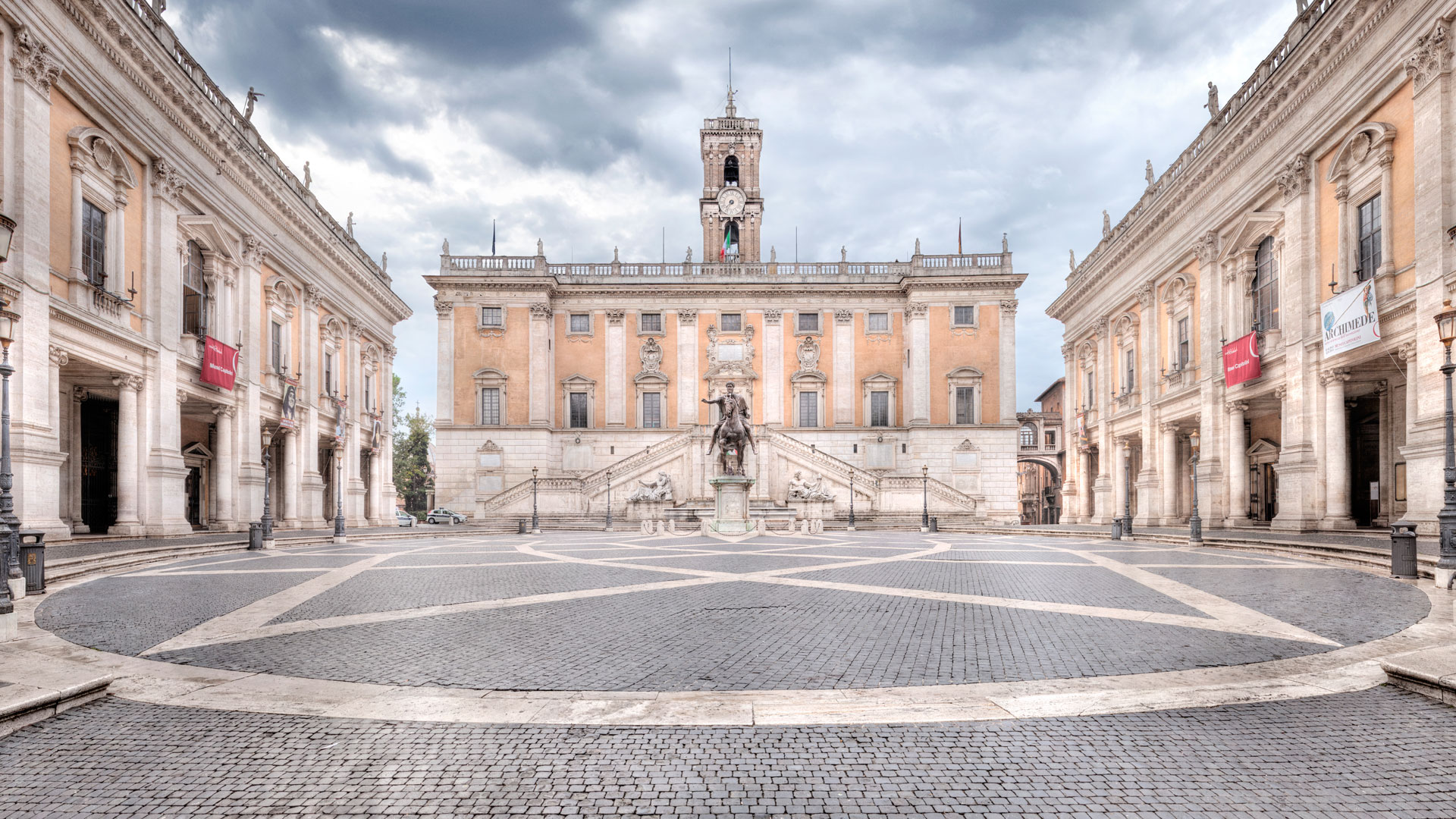
Piazza del Campidoglio (The Capitoline Hill)
The first square to be built following Michelangelo’s criteria of a uniform design, in modern Rome, stands on Capitoline Hill (Capitolium), where a very ancient village was located and where numerous temples were dedicated to Roman gods.
Piazza del Campidoglio, until then seriously neglected, was deeply modified in 1536 when Pope Paul III commissioned Michelangelo to complete the overall arrangement of the square, on the occasion of the visit to Rome of the Spanish Emperor Charles V.
The Florentine architect built an elegant podium for Marcus Aurelius’ equestrian statue and placed it in the centre of the hill in 1537, creating the centrepiece of the new urban design.
Michelangelo also designed an imposing wide step staircase, named the “Cordonata” in order to allow knights to climb easily, culminating in the solemn balustrade, surmounted by classical marble groups which were placed here in the following decades.
About 1546, Michelangelo built the facade of the Palazzo Senatorio (backdrop to the main view), today housing the city’s Municipal Council, and created a two-flight front staircase, framing the splendid fountain. Palazzo Senatorio’s bell tower, built to a design by Martino Longhi il Vecchio in the last 25 years of the 16th century, housed the famous patarina bell, which the Romans took from the Viterbesi in 1200 and which they used to announce historical or particular events, such as the pope’s election coronation or death, and the papal cortege passing by. Today’s bell dates back to the 19th century but it is still called patarina and rings on the occasion of Rome’s birthday on 21st April and the election of the mayor.
Michelangelo also worked at the renovation of the Palazzo dei Conservatori and began building a second palace, the Palazzo Nuovo (now the site of the Capitoline Museums the world’s first public museum opened in 1734), opposite the first palace, so as to delimit the square on three sides. The Palazzo Senatorio was completed by Giacomo della Porta after Michelangelo’s death, and the Palazzo Nuovo by Carlo Rainaldi. Construction ended in 1655.
Although it took many years and various architects to construct the Piazza del Campidoglio, today it is characterised by an admirable homogeneous style.
Opening Days
Sponsors



